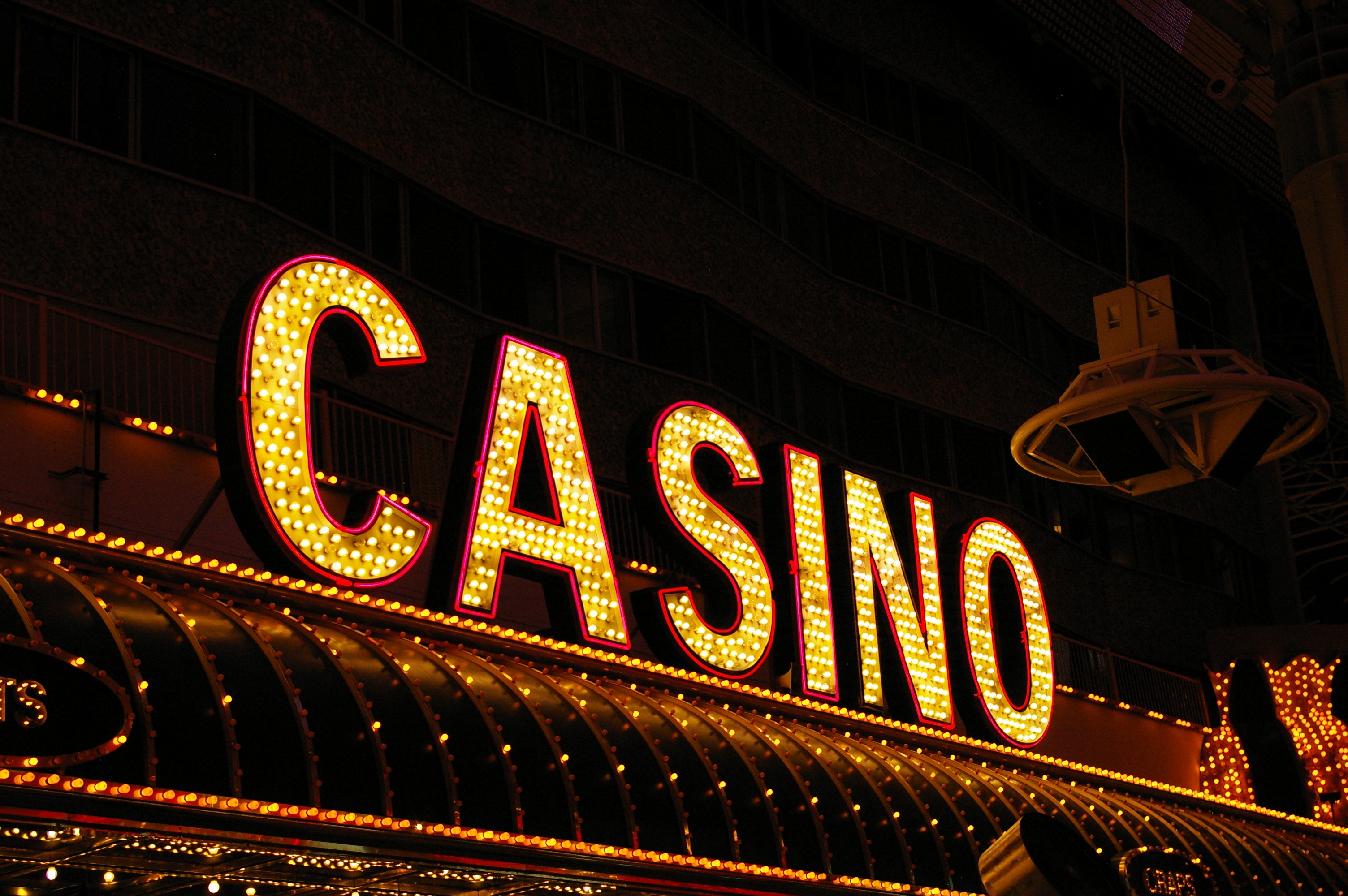
Within the dynamic and stimulating world of gaming establishments, where luck and tactics intertwine, color and design play a pivotal role in drawing in players. From the moment visitors step inside a casino or access a gaming platform, they are enveloped in a visual feast that grabs their attention and entices them to discover more. Vivid colors, captivating graphics, and innovative layouts are carefully crafted to create an atmosphere of thrill and anticipation, ultimately improving the gaming encounter.
As players navigate through the dynamic landscape of casino games, they come across a range of designs that not only serve aesthetic purposes but also influence feelings and decision-making. Hues like scarlet and yellow symbolize riches and fortune, while soothing blues and greens can create a much tranquil environment. Grasping how these elements function together allows casinos to create an welcoming and stimulating atmosphere that encourages players to interact with the games, spend additional time at the tables, and boost their overall enjoyment.
The Science of Color in Casino Games
Tint plays a critical role in the development of casino games, affecting players’ emotional states and actions. Lively and striking colors, such as crimson and yellow, are often used to ignite excitement and capture attention. These colors create a sense of pressure and energy, encouraging participants to involve themselves more readily with the game. By strategically selecting hues, developers aim to evoke emotions of satisfaction and excitement, which can enhance the overall gaming experience.
Various colors also have psychological connotations that can influence how players perceive their odds of victory. For example, emerald is commonly associated with luck and wealth, making it a frequent choice in games like the roulette wheel and poker setups. This association can result gamblers to feel more hopeful and assured in their play, ultimately inspiring them to bet more. Understanding these links allows game creators to create environments that enhance player enjoyment and engagement.
In addition, the layout of gambling game interfaces often employs blended colors and opposing shades to instruct player actions. For case, successful combinations may be accentuated with striking, differing colors, creating a visual cue. This method strengthens favorable outcomes and promotes repeated engagement. By exploiting the science of color, gaming venues can develop activities that not only attract players but also hold them interested and invested in their game experience.
Creative Elements that Engage Players
The aesthetic appeal of casino games is primarily influenced by the use of vibrant colors. Bright and striking colors are strategically chosen to create an appealing atmosphere that captures attention. For example, crimson and golds often signify luck and wealth, which is why they are common in the palettes of gaming machines and table surfaces. These colors not only draw players in, but they also stir emotions related to thrill and anticipation, enhancing the overall gaming experience.
In parallel to color, the aesthetic and organization of gambling games play a significant role in captivating players. Games are designed to be user-friendly, ensuring that players can easily understand the rules and gameplay. Accessible interfaces, along with captivating graphics and animations, help maintain gamer interest and encourage extended play sessions. The tactile elements, such as the feel of the buttons and the audio of the games, also add to a holistic sensory experience that keeps players engaged.
Finally, conceptual elements in game design can significantly influence player choice. Many casino games are inspired by popular culture, fairy tales, or adventure themes, incorporating symbols and characters that resonate with players. These themes create a sense of immersion and relatability, making each game feel distinct. When players feel a bond to the theme, they are more likely to choose that game over others, leading to higher participation and enthusiasm within the casino environment.
Case Studies: Successful Gambling Table Game Designs
One noteworthy example of successful gambling game design is the popular slot machine series based around blockbuster movies. Games such as those based on the Wizard of Oz and Game of thrones utilize dynamic colors and superior graphics to immerse players in familiar narratives. The application of moving visuals and entertaining sound effects captures the focus of players, establishing an psychological connection to the theme. This tactic merely promotes longer play but also boosts the overall gaming experience, leading to increased player retention.
Another effective case is the use of the psychology of color in table games like 21 and the wheel. Casinos often create these games with rich reds and greens, colors traditionally linked with luck and wealth. For instance, the emerald felt on a blackjack table provides a relaxing effect, while the crimson accents in roulette invite anticipation. This thoughtful use of color helps to foster an inviting atmosphere that encourages players to engage, fulfilling their psychological impulses and boosting their enjoyment.
Finally, social casino games that incorporate social features and bright, dynamic designs have achieved remarkable success in engaging players. Games like Zynga Poker and Slotomania leverage bright colors and playful animations to forge an inviting online environment. The integration of leaderboards, social sharing options, and in-app rewards promotes competition and community, pulling players in for longer sessions. Such designs merely make the games visually attractive but also underscore social interaction, a crucial factor in player retention and engagement within digital casino environments.
zorototo